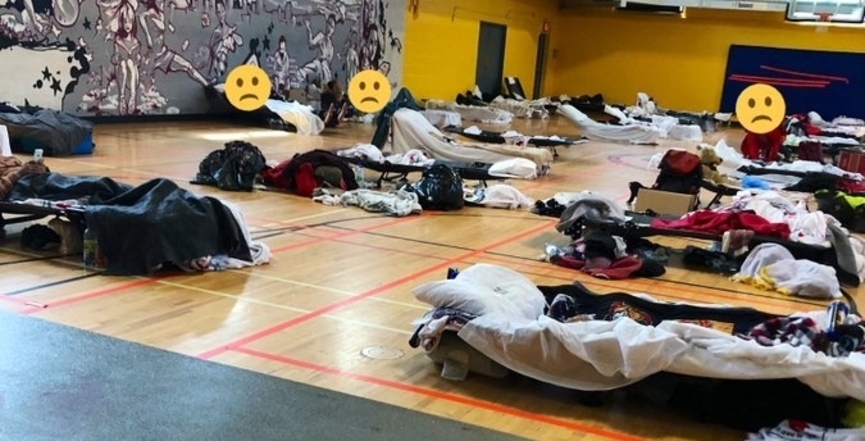Pandemic day 50.
While many of us are tired of staying home, Zooming or having to wear a mask to go into a grocery store, we have also learned how precious home is, how to be creative, and how to help and support others.
We’ve also learned a lot about basic public health measures. In this case, staying home, physical distancing and frequent hand washing. Yet it is clear governments are not facilitating or insisting on these measures equally.
It took a painfully long time for Canada’s chief public health officer, Dr. Theresa Tam, and Prime Minister Trudeau to mention the word “homeless” in their daily briefings. They were weeks behind American health and government officials, and that’s not saying much.
In Ontario, advocates had to fight for homeless shelters to be prioritized for COVID-19 testing. Mobile, on-site testing in shelters remains erratic across the province. In Toronto, the epicentre of homelessness in the country, with over 7,000 people in 75 shelters, the roll out of testing is slow and appears to be due to the shortage of isolation spots for people awaiting test results once tested.
It has similarly been a struggle to convince the Ontario government to prioritize shelter and drop-in workers for personal protective equipment even though their shelter sites were declared essential services. Libraries, community centres and shopping malls were not declared essential, and their closing meant a dramatic loss of washrooms, seating areas, access to phones, computer and news. At least two Canadian cities, Toronto and Ottawa, have done a pitiful job in providing access to toilets, showers and free-standing hand-washing stations in public areas.
Physical distancing, enforced by both provincial and city laws, is equally inequitable. Despite requests from doctors and nurses, Toronto’s medical officer of health, Dr. Eileen de Villa, has declined to issue an order that shelters comply with minimum two-metre physical distancing between beds, cots and mats.
Researchers have recommended the same:
“To protect homeless shelter residents and staff members, [Centers for Disease Control] recommends that homeless service providers implement recommended infection control practices, apply social distancing measures including ensuring residents’ heads are at least 6 feet (2 meters) apart while sleeping, and promote use of cloth face coverings among all residents.”
Toronto’s early announcement of hotel rooms to protect all homeless people who need it has not rolled out to be the mass evacuation of homeless people from shelters which the pandemic warrants. The results are scenes of overcrowding, cots and mats only 0.6 metres apart and bunk beds still in use. People are at risk.
As I write this, in Toronto, 213 homeless people have tested positive for COVID-19 and 14 shelters are considered to be experiencing outbreaks. In addition, at least 25 shelter workers have tested positive, and this workforce has not yet been directed to wear masks and to discontinue working at multiple sites to prevent virus transmission.
The desperate situation of homeless people across the country remains the direct result of decades of federal inaction, but that’s no excuse for cities to not protect the most vulnerable.
The Aboriginal Legal Services, Advocacy Centre for Tenants in Ontario, Black Legal Action Centre, HIV and AIDS Legal Clinic Ontario, Canadian Civil Liberties Association, and Sanctuary have filed a legal case with the Ontario Superior Court.
Cathy Crowe is a street nurse, author and filmmaker who works nationally and locally on health and social justice issues.
Image: Cathy Crowe




